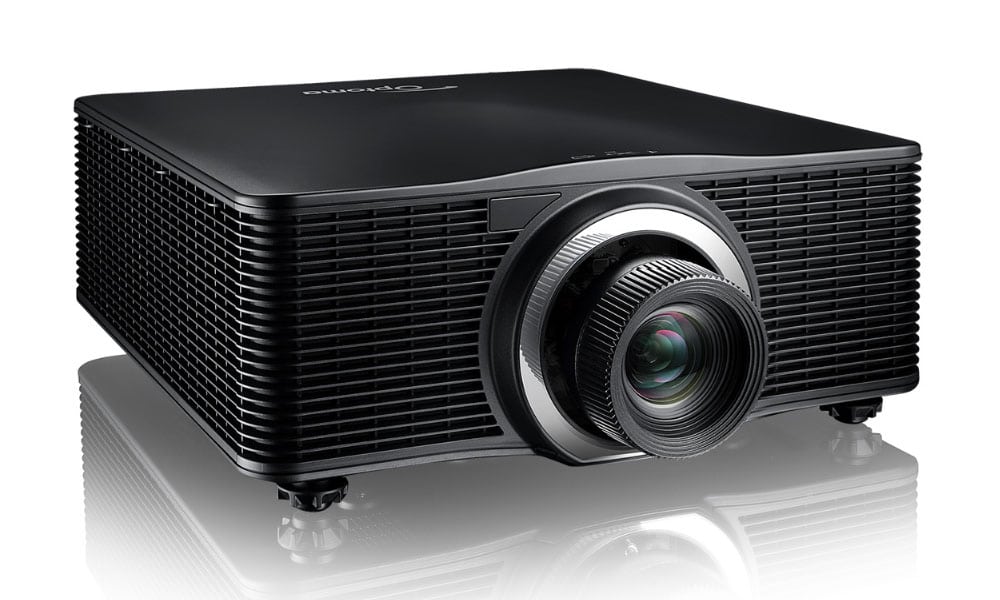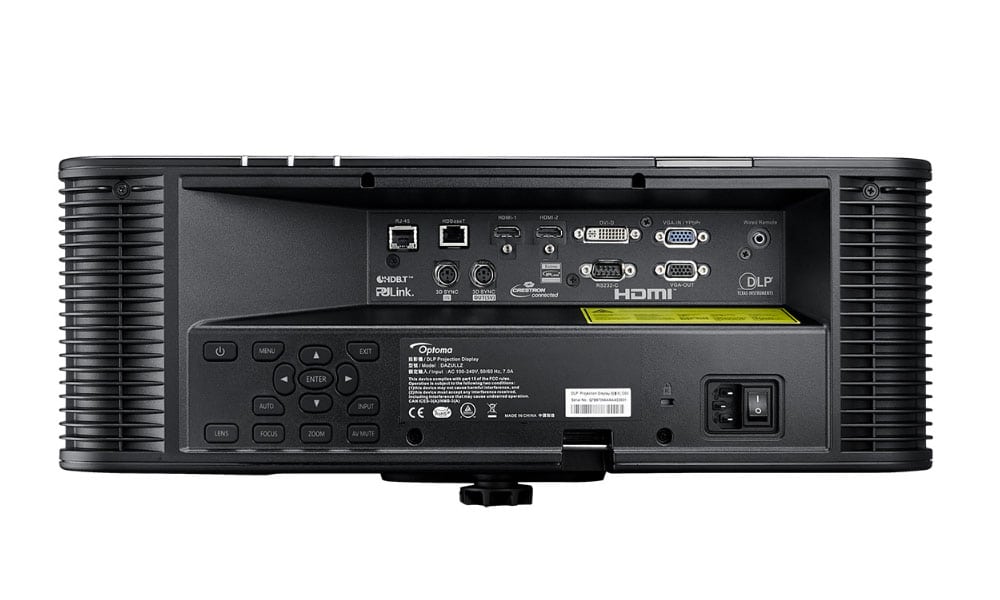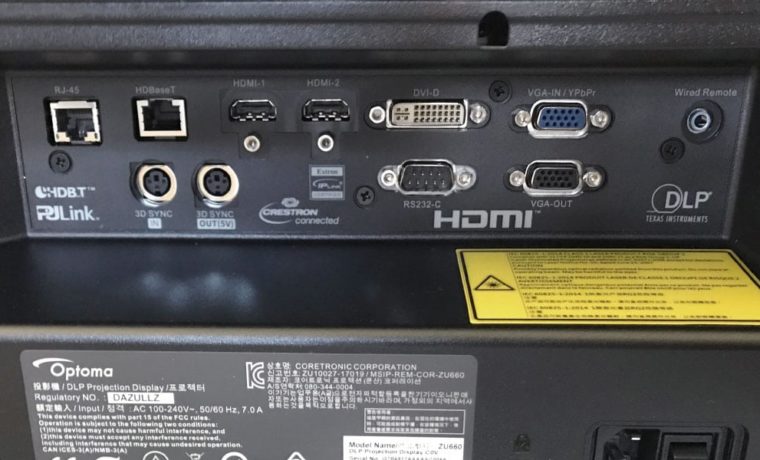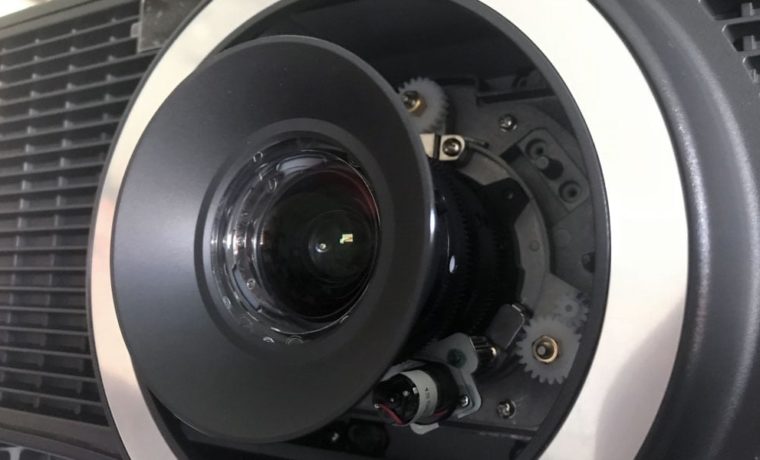We’ll start with the Ultra Short Throw Ceiling Projection Lens, BX-CTA16. This lens is perfect for tight venues where a large, bright image is required. This lens offers motorized focus, and a throw ratio of just 0.36:1.
Next, we have Optoma’s BX-CTA15, which is a motorized short throw lens. The throw ratio is 0.75~0.95:1, and is dependent on resolution. Then there’s the BX-CAA01, which is a motorized semi-short throw lens, sporting a throw ratio of 1.0~1.28:1. The BX-CAA06 is the motorized standard throw option, with a throw ratio of 1.22-1.53:1. Optoma’s BX-CAA02 is another motorized standard throw option offered for the ZU660, and has a throw ratio of 1.28~1.61:1.
The ZU660 has even more options when it comes to longer throw distances, starting with the BX-CAA03 motorized long throw lens, with a throw ratio of 1.6~3.07:1. The BX-CTA13 is offered with a throw ratio of 2.9~5.5:1 and is the choice if you need a motorized extra-long throw lens.
If you have a planetarium, simulator, or any other application that requires a 360-degree projection, well, Optoma has you covered there as well with the BX-CTADOME lens. Zoom is fixed and focus is manual, and this monster of a lens measures in at more than 14 inches in length, while offering a 180-degree projection experience.






